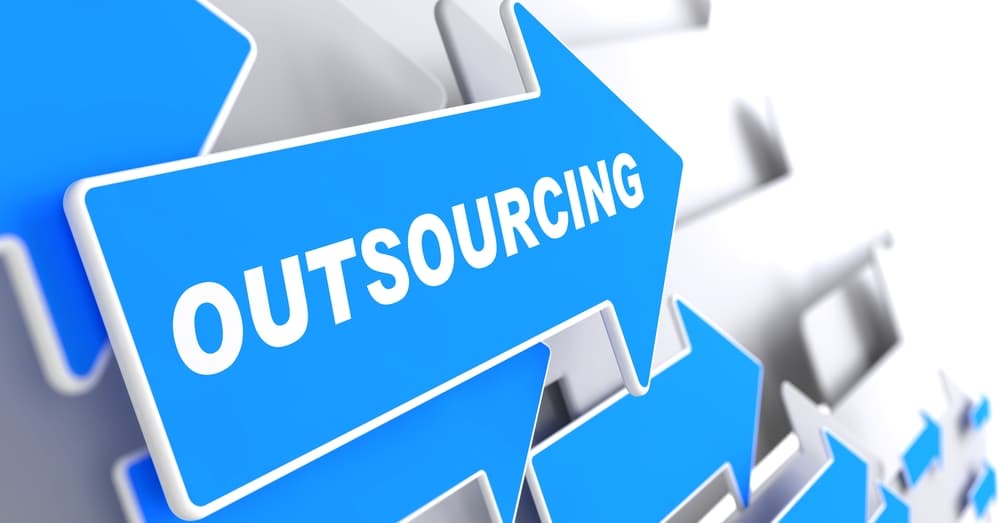America’s small business owners will find it easier to have Paycheck Protection Program (PPP) loans forgiven under new rules issued by the Small Business Administration and Treasury Department on Oct. 8, 2020.
The PPP was created under the Coronavirus Aid, Relief, and Economic Security Act (CARES Act) on March 27, 2020, with a goal to help businesses maintain payroll during the COVID-19 pandemic.
The PPP application process ended on Aug. 8, 2020. Businesses can cover up 24 weeks of pay periods, ending on Dec. 31, 2020.
Borrowers of loans of $50,000 or less can now have their loans completely forgiven, essentially turned into grants that do not need to be paid back, by using a “check the box” self-certification process that the funds were used appropriately.
The new rule does not apply if the small borrower is part of a group of affiliates that received a total of $2 million in loans or greater. Borrowers of $50,000 or less can use the new SBA Form 3508S for their forgiveness application or use their lender online portals once their applications are updated. Borrowers will still have to provide documentation such a payroll report.
New Rule Covers More than 10 Percent of PPP Loans
According to the SBA, $62 billion of the $525 billion provided in PPP loans, came from 3.57 million loans of $50,000 or less.
Of those 3.57 million small PPP loans, about half or 1.71 million were made to businesses reporting no employees other than the owner or one employee. The SBA figures most of these loans went to independent contractors or sole proprietors. According to Forbes, there was hope in the business community that “check the box” forgiveness would be extended for loans up to $1 million or those in the $250,000 to $500,000 range.
Negotiation on a new stimulus package in Washington has also had language for easing forgiveness rules on loans up to $150,000, but the new easier forgiveness rules currently apply only to those loans of $50,000 or less.
“Head Count” Rule Removed as Part of Easier Forgiveness Process
The easier forgiveness process for PPP loans of $50,000 or less includes the removal of the head count rule for borrowers.
Under the PPP original rules, borrowers had to prove that they did not reduce head count or company-wide salaries by more than 25 percent or else a proportionate percentage of their loan would not be forgiven.
Borrowers of $50,000 or less PPP loans do not have to account for head count or salaries when applying for forgiveness under the new final rule.
The SBA’s reasoning on easing this rule was that so many of these loans were going to borrowers with one or zero employees.
The PPP Forgiveness Process Will Take Time
Even with the new “check the box” process for small PPP borrowers the process to achieve forgiveness will take some time.
Under the PPP rules, lenders will have a full 60 days to review forgiveness applications and then forward them onto the SBA which will have up to 90 days to review the forgiveness application.
Even the 90 days built into the rules may be optimistic as to date Forbes reports that that SBA has received 96,000 PPA forgiveness applications and has reviewed none of them.
60/40 Rule and Tax Considerations
The PPP loans not only allowed for businesses to meet payroll but up to 40 percent of the loans could also be used for non-payroll expenses such as rent and utilities. Many small businesses rely on tax deductions for business expenses. The IRS, in April, issued notice that those PPP borrowers using funds for non-payroll expenses, would not be able to claim those expenses on their tax returns.
There is a chance that legislators could address this issue in any new stimulus bills passed this year with business groups strongly urging that all PPP loans, once forgiven, be completely tax-free including funds that went to business expenses. If you have questions about PPP or other HR needs reach out to Employer Flexible today as we are here for you during these trying times.






